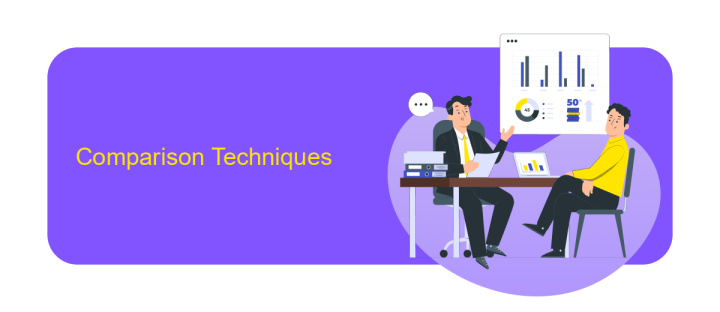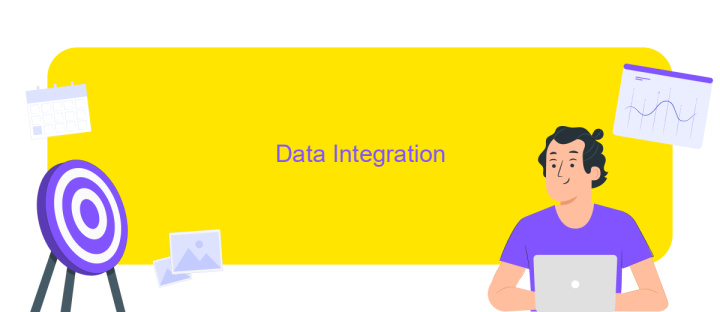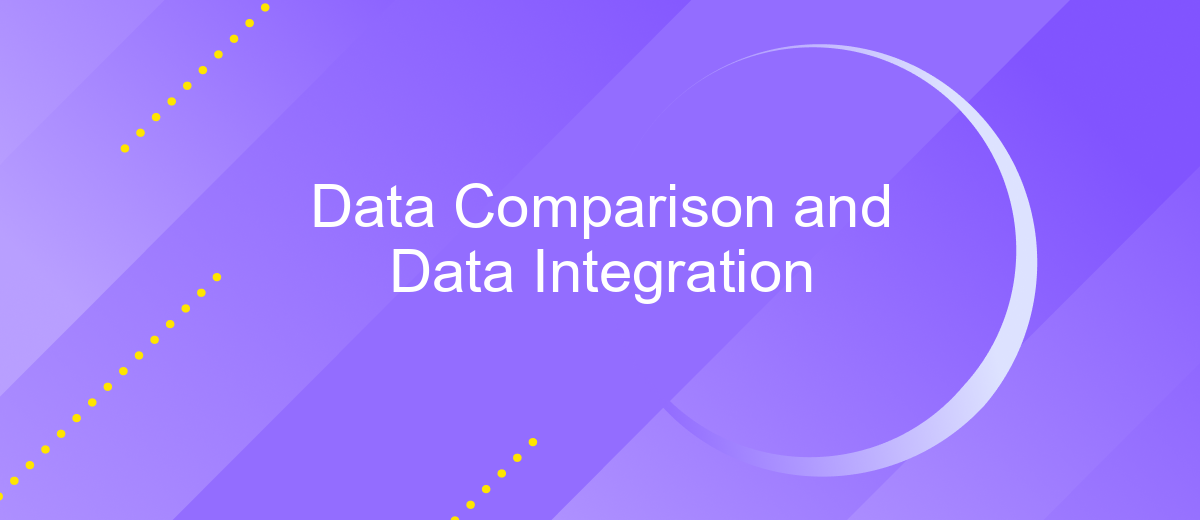Data Comparison and Data Integration
In the era of big data, understanding and leveraging data comparison and data integration is crucial for organizations aiming to derive meaningful insights. Data comparison involves evaluating datasets to identify similarities and differences, while data integration merges diverse data sources into a unified view. Together, they enable more informed decision-making, streamline operations, and drive strategic initiatives.
Introduction
Data comparison and data integration are pivotal processes in the realm of data management and analytics. They serve as the backbone for making informed decisions, ensuring data consistency, and achieving a unified view of information across different systems. As organizations accumulate vast amounts of data from various sources, the need to compare and integrate this data efficiently becomes increasingly crucial.
- Data Comparison: Involves identifying similarities and differences between datasets to ensure accuracy and consistency.
- Data Integration: Entails combining data from different sources to provide a comprehensive and unified view.
- Key Benefits: Enhances decision-making, improves data quality, and supports seamless data flow across systems.
In this article, we will delve into the methodologies and best practices for data comparison and integration. We will explore the tools and techniques that facilitate these processes, discuss common challenges, and offer solutions to overcome them. By understanding the intricacies of data comparison and integration, organizations can leverage their data assets more effectively and drive better business outcomes.
Comparison Techniques

Data comparison techniques are essential for identifying differences and similarities between datasets. One common method is the use of statistical analysis, which involves calculating measures such as mean, median, and standard deviation to compare data distributions. Another technique is data visualization, where tools like scatter plots, bar charts, and heatmaps are used to visually inspect and compare data points. These methods help in quickly identifying outliers, trends, and patterns that may not be apparent through raw data inspection.
Advanced data comparison often involves more sophisticated algorithms like machine learning models, which can detect complex patterns and correlations. For integrating data from multiple sources, services like ApiX-Drive can be invaluable. ApiX-Drive automates the process of data synchronization between different platforms, ensuring that datasets are up-to-date and consistent. This service not only simplifies the integration process but also enhances the accuracy and reliability of the data being compared. By leveraging such tools, organizations can streamline their data comparison and integration efforts, leading to more informed decision-making.
Data Integration

Data integration is a crucial process in modern data management, enabling organizations to combine data from various sources into a unified view. This process ensures that data is consistent, accurate, and accessible, facilitating better decision-making and operational efficiency. By integrating data, businesses can leverage comprehensive insights, streamline workflows, and enhance data quality.
- Identify data sources: Determine the various databases, applications, and systems that hold relevant data.
- Data extraction: Retrieve data from identified sources using appropriate methods and tools.
- Data transformation: Cleanse, format, and standardize the data to ensure consistency and compatibility.
- Data loading: Import the transformed data into a centralized repository or data warehouse.
- Data validation: Verify the accuracy and integrity of the integrated data to ensure it meets quality standards.
Effective data integration not only enhances data accessibility but also supports advanced analytics and reporting capabilities. By maintaining a single source of truth, organizations can reduce redundancies, eliminate data silos, and foster a more collaborative and data-driven environment. Ultimately, data integration is vital for maximizing the value of organizational data assets.
Integration Strategies

Effective data integration is crucial for organizations aiming to leverage diverse data sources. It involves combining data from different origins to provide a unified view, which supports better decision-making and operational efficiency. Strategies for data integration vary depending on the complexity and requirements of the organization.
One common approach is ETL (Extract, Transform, Load), which extracts data from various sources, transforms it into a suitable format, and loads it into a target database. Another method is data virtualization, which allows users to access and query data without needing to know its physical location or format.
- ETL (Extract, Transform, Load)
- Data Virtualization
- Data Warehousing
- API Integration
Choosing the right integration strategy depends on factors such as data volume, variety, and velocity, as well as the specific needs of the organization. By carefully selecting and implementing the appropriate strategy, businesses can ensure seamless data flow and enhanced analytical capabilities.
- Automate the work of an online store or landing
- Empower through integration
- Don't spend money on programmers and integrators
- Save time by automating routine tasks
Use Cases and Applications
Data comparison and integration play a crucial role in various industries, including healthcare, finance, and e-commerce. In healthcare, comparing patient data from multiple sources can lead to better diagnosis and treatment plans. For instance, integrating electronic health records (EHR) with lab results ensures that healthcare providers have a comprehensive view of a patient's history, leading to more accurate medical decisions. In finance, data comparison helps in fraud detection by analyzing transaction patterns and identifying anomalies. Integrating financial data from various systems can streamline reporting and compliance processes, enhancing operational efficiency.
In the realm of e-commerce, data integration is essential for creating a unified customer experience. By comparing and integrating data from different touchpoints—such as online stores, social media, and customer service platforms—businesses can gain insights into customer behavior and preferences. Tools like ApiX-Drive facilitate these integrations by automating data transfer between different applications, reducing manual effort and the risk of errors. This enables businesses to focus on data analysis and strategic decision-making, rather than the complexities of data management.
FAQ
What is data comparison?
Why is data integration important?
How can I automate data integration processes?
What are the common challenges in data comparison?
What features should I look for in a data integration tool?
Apix-Drive is a universal tool that will quickly streamline any workflow, freeing you from routine and possible financial losses. Try ApiX-Drive in action and see how useful it is for you personally. In the meantime, when you are setting up connections between systems, think about where you are investing your free time, because now you will have much more of it.


